
Exploring the Diverse World of Cannabis Compounds
From the euphoric effects of THC to the calming influence of CBD, cannabinoids are essential to comprehending the complex cannabis plant. Although cannabinoids have been under scientific study since the 1960s, ongoing research continues to reveal new insights into these unique molecules and their impacts. Here’s everything you need to know about cannabinoids.
What are cannabinoids?
Picture a molecular gathering where each attendee brings a distinct vibe. That’s essentially what cannabinoids are like: each present in the cannabis plant, yet each possessing a specific chemical structure that dictates its interaction with the body and mind. Some cannabinoids, like THC, act as extroverts, binding to brain receptors and eliciting a ‘high.’ Others, such as CBD, take on a more introverted role, offering subtle relaxation. Meanwhile, CBN might be your express ticket to bedtime.
At least 113 cannabinoids have been isolated from cannabis, while over 250 cannabinoids have been identified to date. The scientific understanding of its active compounds gained momentum in the 1960s. This era of discovery around THC’s psychoactive properties paved the way for identifying other cannabinoids, such as THCa and CBG, and recognizing the body’s endocannabinoid system.
ALL OF THESE CANNABINOIDS ARE FEDERALLY CLASSIFIED AS HEMP WITH THE EXCEPTION OF ∆9-THC. Hemp is defined from a federal standpoint as cannabis with ∆9-THC measuring less than 0.03% by dry weight. Hemp became exempt from the Controlled Substances Act by virtue of the 2014 Farm Act, when produced pursuant to a state’s hemp program. The 2018 farm bill removed both “hemp” and “THC in hemp” from the CSA and expands the definition of hemp, established in statute as part of the 2014 farm bill (7 U.S.C. §5940(b)(2)), codified in Section 297A of the Agricultural Marketing Act of 1946 (AMA).
What are the deltas?
Delta 8
Delta 8 products are typically made by synthetically converting CBD or delta 9 THC into delta 8. Very little is known about the effects of synthetic cannabinoids.
Delta 9
When someone talks about THC, they’re likely referring to delta-9. THC is one of the main cannabinoids found in abundance in many marijuana plants.
Delta 10
Delta 10 THC is a minor cannabinoid found in cannabis plants and has similar effects to delta-8. It’s commonly produced in a lab from hemp-derived cannabidiol.
What are the most prevalent cannabinoids today?
✦ THCa (Tetrahydrocannabinolic Acid): Converts to THC when heated or smoked, initiating its psychoactive effects.
✦ THC-P (Tetrahydrocannabinol): Potentially more potent than THC, with intensified psychoactive effects.
✦ THC-V (Tetrahydrocannabivarin): Structurally akin to THC, known for potential appetite suppression.
✦ CBD (Cannabidiol): Promotes relaxation without a high, benefiting both body and mind.
✦ CBN (Cannabinol): Induces sleepiness, found in aged cannabis.
✦ CBG (Cannabigerol): The foundational cannabinoid from which others derive.
✦ CBC (Cannabichromene): Non-psychoactive, possibly enhancing other cannabinoids.
✦ HHC (Hexahydrocannabinol): Similar to THC, with differing potency and effects.
What is THCa?
THCa is a non-psychoactive cannabinoid that is found in raw cannabis plants. It is the precursor to ∆9-THC, which is converted to ∆9-THC when exposed to heat. THCa is typically found in much higher concentrations in fresh cannabis plants than in dried or cured cannabis. When cannabis is exposed to heat, such as smoking or vaping, THCa undergoes decarboxylation, which converts it into ∆9-THC.
What is CBD & CBG?
Cannabidiol (CBD) and cannabigerol (CBG) are cannabinoids organically present in the cannabis plant. When a person takes these two compounds orally, they interact with cannabinoid receptors in the body. These receptors make up a part of the nervous system and are part of the endocannabinoid system. This system has a role in several processes in the body, including appetite, sensing pain, and memory.
What are indicas and sativas?
Sativa strains are commonly recommended for daytime use. They’re claimed to be uplifting and cause more of a cerebral or head-high. Indica strains are usually recommended for relieving pain and insomnia. Often considered “bedtime strains,” Indica strains are said to have a calming effect on both the body and the mind.1 Hybrids are genetic crosses that contain varying levels of both sativa and indica.
Tell me more about terpenes!
Terpenes are aromatic oils found in various plants, including cannabis. They contribute to the diverse scents and flavors of cannabis strains, from piney to citrusy. Terpenes also serve botanical purposes, acting as natural pesticides and attracting pollinators. Terpenes and cannabinoids often work together synergistically, enhancing each other’s effects—a phenomenon known as the ‘entourage effect,’ potentially amplifying cannabis benefits.
Can THCa show up on drug tests?
THCa can appear in drug tests, unlike CBD, which typically does not. Factors influencing detection include cannabinoid type, consumption method, frequency of use, metabolism, hydration levels, and more. Generally, cannabinoids remain detectable in saliva for up to 24 hours, in blood for one to two days, in urine for three to 30 days, and in hair for up to 90 days – with certain individual variations.
-
Product on sale
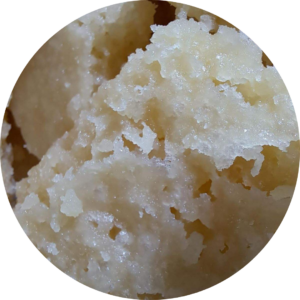 Trainwreck Badder | 99.53%$10.00 – $250.00
Trainwreck Badder | 99.53%$10.00 – $250.00 -
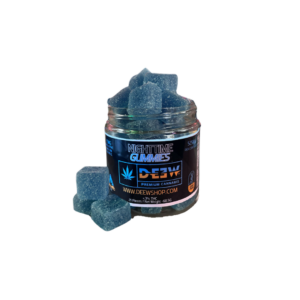 25mg Nighttime Gummies$5.99 – $84.99
25mg Nighttime Gummies$5.99 – $84.99 -
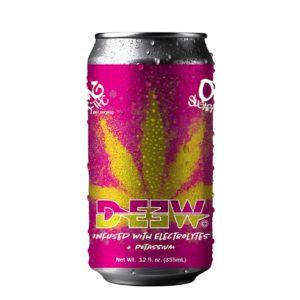 Strawberry Lemon Haze Seltzer – 8mg THC$7.99 – $29.99
Strawberry Lemon Haze Seltzer – 8mg THC$7.99 – $29.99 -
 10mg DEƎW Drops – Vegan THC Gummies$5.99 – $84.99
10mg DEƎW Drops – Vegan THC Gummies$5.99 – $84.99 -
 25mg Daytime Gummies$5.99 – $84.99
25mg Daytime Gummies$5.99 – $84.99 -
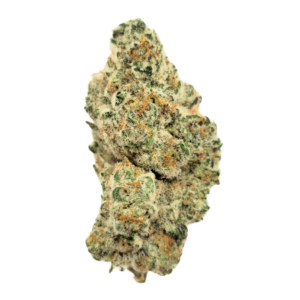 Northern Lights | 27.09% Indica$40.00 – $225.00
Northern Lights | 27.09% Indica$40.00 – $225.00 -
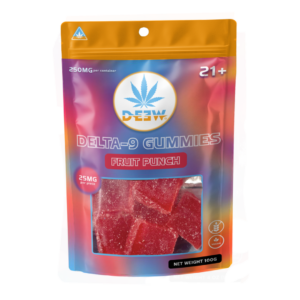 Fruit Punch Gummies – 10 Pieces, 25mg/ea$29.99
Fruit Punch Gummies – 10 Pieces, 25mg/ea$29.99 -
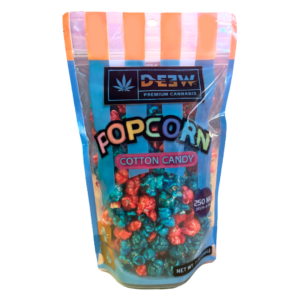 Cotton Candy Popcorn – 250mg THC$29.99
Cotton Candy Popcorn – 250mg THC$29.99 -
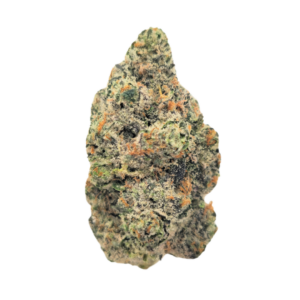 White Bubble Gum Gelato | 21.44% Hybrid$40.00 – $225.00
White Bubble Gum Gelato | 21.44% Hybrid$40.00 – $225.00
DEEWBIES STRAIN HIGHLIGHTS
- Death Star is an indica strain made with a genetic cross between Sensi Star and Sour Diesel with calming cerebral effects.
- Blue Rhino is a potent cross of Blueberry and White Rhino that posseses uplifting & creativity inducing highs.
Our team of experts are available to help:
CALL US WITH ANY QUESTIONS 10:00AM – 10:00PM EST, 7 days a week +1 423-225-6801 EMAIL [email protected]
Enjoy FREE shipping on EVERY order!

- Naveed Saleh, MD, MS. ‘Indica vs. Sativa: What’s the difference?’. www.verywellhealth.com, Very Well Health, 2023, https://www.verywellhealth.com/indica-vs-sativa-1123887. ↩︎

